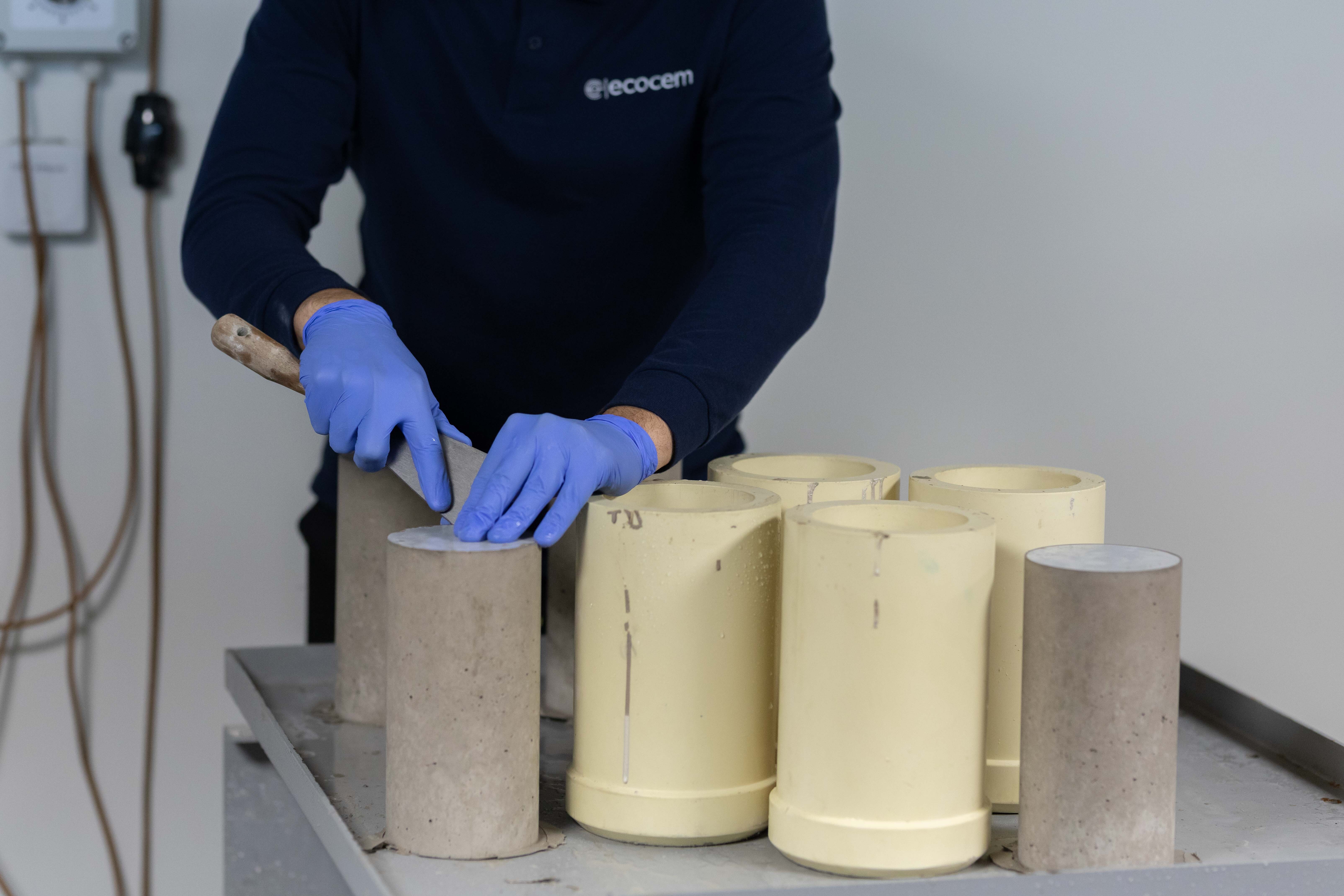
Director of Marketing for Sustainable Innovation, Jean-Christophe Trassard, discusses how Ecocem joined forces with Morgane Créach, Executive Director of Réseau Action Climat to co-sign a paper that formulates clear recommendations to support the future of the cement industry.
The first deadline of the Paris Agreement is fast approaching and if the cement industry wants to reach the target of a 50% emissions reduction by 2030, and then net-zero by 2050, we need to see more ambition and drive from the sector, which is responsible for over 7% of global emissions. Decarbonising concrete, the world’s second most used material, is not an easy challenge but one that can be achieved with collaboration and partnership. To do this we need to tackle four key areas:
Revisit the cement roadmap:
According to the IPCC’s recent report (March 2023), we need a quantum leap in climate action and need to achieve Net Zero by 2050. Cement emissions have fallen 15% based on 1990 levels, and near-term emissions reduction levers are almost exhausted, projecting further reduction of only just 15% from 2017 to 2030. Cumulatively, this means that the industry is on track for a reduction of less than 30% – well short of where we need to be.
The cement industry’s key challenge is clinker. The core ingredient in traditional cement, clinker is produced by burning limestone at around 1,450°C. This process generates over 90% of the CO2 associated with cement.
To rectify its current roadmap, the cement industry needs to align urgently with both the European Green Deal, introduced by Ursula von der Leyen back in January 2020, and the Paris Agreement. One example to follow is the French Government, which has imposed an end of May 2023 deadline for the cement industry to design a new and more ambitious roadmap for 2030 and 2050.
Evolve regulatory standards more rapidly:
One of the main barriers to implementing low-carbon cement innovation at scale is the current regulatory framework, which isn’t fit for purpose and slows down the time to market for low-carbon cements. It can take a decade or more for standards to be revised and implemented – time that the world doesn’t have in its fight against the climate crisis. As a reminder, the latest cement norms (NF EN197-5) took 12 years before it was implemented in 2022 in France.
It’s crucial for cement and concrete standards to evolve faster to match European demands and to bring to market new products and solutions that are technically efficient and structurally safe. Only then can we hope to achieve carbon-reduction targets in good time.
Channel Government funding to low carbon options:
Support from Governments is essential to helping the cement industry to decarbonise. It will provide access to the vital financial resources to continue research and development projects, which will deliver innovative low-carbon cement products and technologies.
Funding from individual European countries will be a key driver in enabling European businesses to align with the European Green Deal’s goal for Europe. It will also sharpen Europe’s competitive edge through clean-tech investing. However, Government officials must remember to grant funding to a range of projects and solutions, rather than focusing on CC(U)S (Carbon Capture – Utilisation – and Storage), as is currently the case.
There are already oven-ready, scalable cleantech cement solutions available that can accelerate the reduction of carbon by tens of millions of tons more than the industry’s current 2030 commitment, while saving tens of billions of euros in EU taxpayers’ money.
Actively promote low-carbon innovation
Beyond funding and regulation, more must be done to promote innovative low-carbon solutions in public procurement. Including ambitious environmental clauses in public procurement would act as a huge incentive for the rapid deployment of alternative low-carbon cements. This would need to be supported by robust education on the value and availability of low-carbon cement solutions across the value chain to ensure correct use and understanding of these innovative products.
The Irish Government is already paving the path with the recently published Climate Action Plan, which actively promotes low carbon cement as a pragmatic approach to rapidly decarbonising construction.
The race to decarbonise the cement industry requires a range of solutions and only through productive collaboration between industry players, governments and regulatory bodies, can we deliver the reductions needed to decarbonise by 50% by 2030 and Net Zero by 2050 and create a more sustainable future for everyone.
For more information or to arrange an interview with an Ecocem spokesperson, contact: [email protected]
Ecocem has obtained a Technical Evaluation of Products and Materials (Evaluation Technique de Produits et Matériaux, or ETPM) in the French market for ACT1 – the first version of our groundbreaking scalable cement technology.
This investment is in addition to the €50 million investment at Ecocem’s Dunkirk facility to deliver its first ACT production line. These new industrial facilities will be concentrated in the Fos-sur-Mer and Dunkirk areas.